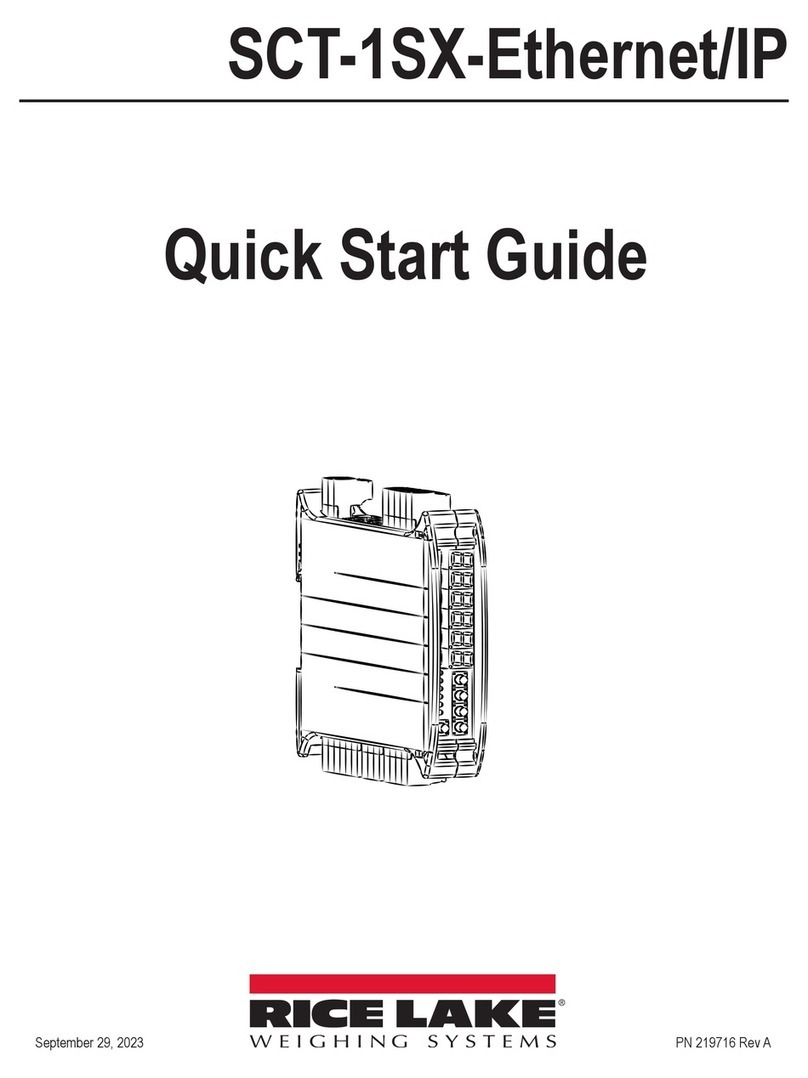Rice Lake SCT-3300 User manual
Other Rice Lake Transmitter manuals
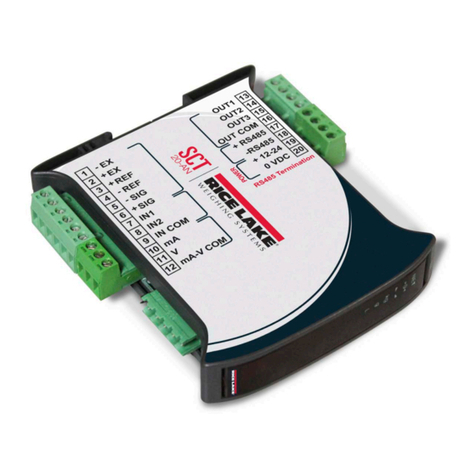
Rice Lake
Rice Lake SCT-20 User manual

Rice Lake
Rice Lake SCT-1100 User manual
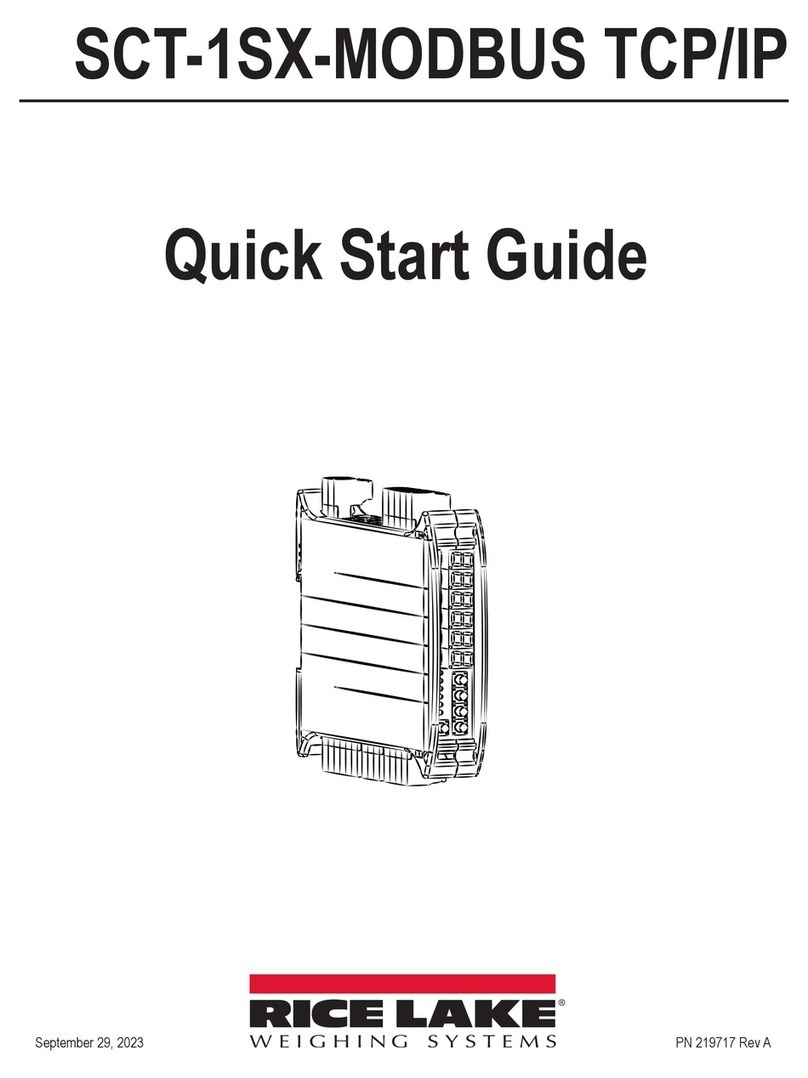
Rice Lake
Rice Lake SCT-1SX-MODBUS TCP/IP User manual
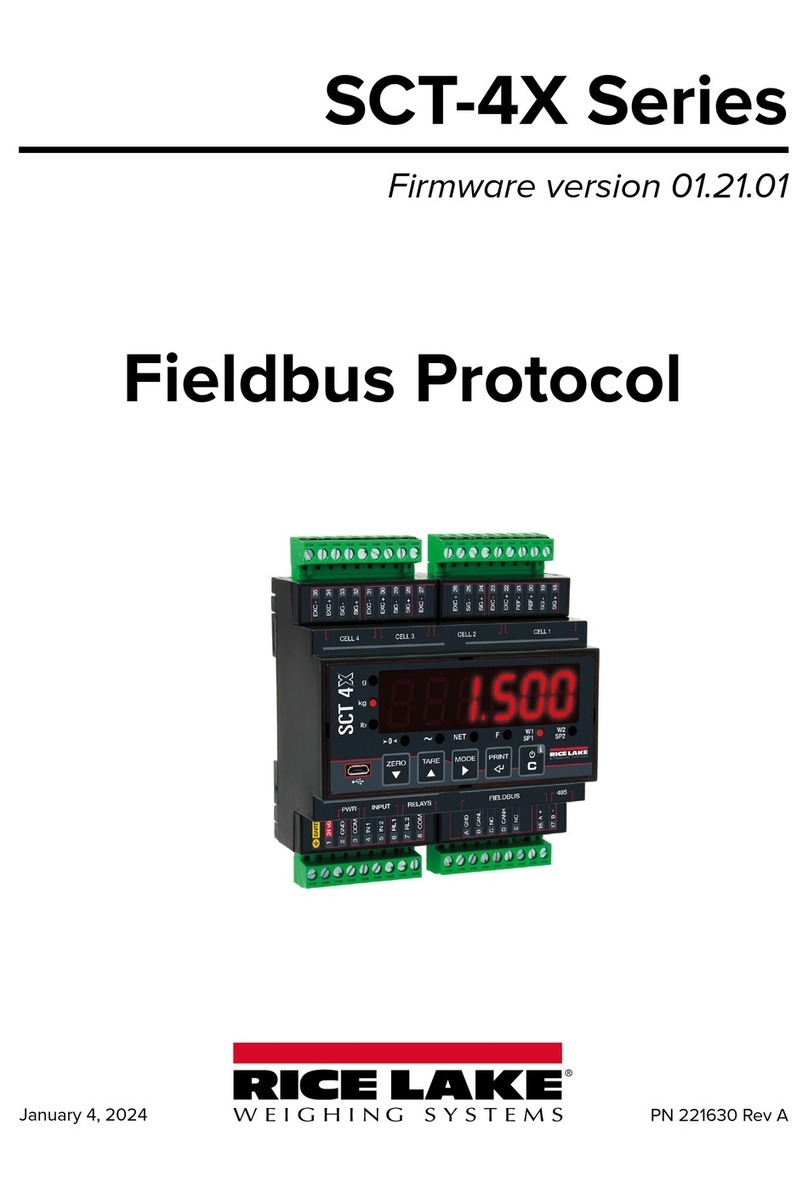
Rice Lake
Rice Lake SCT-4X Series User manual

Rice Lake
Rice Lake SCT-2200 User manual
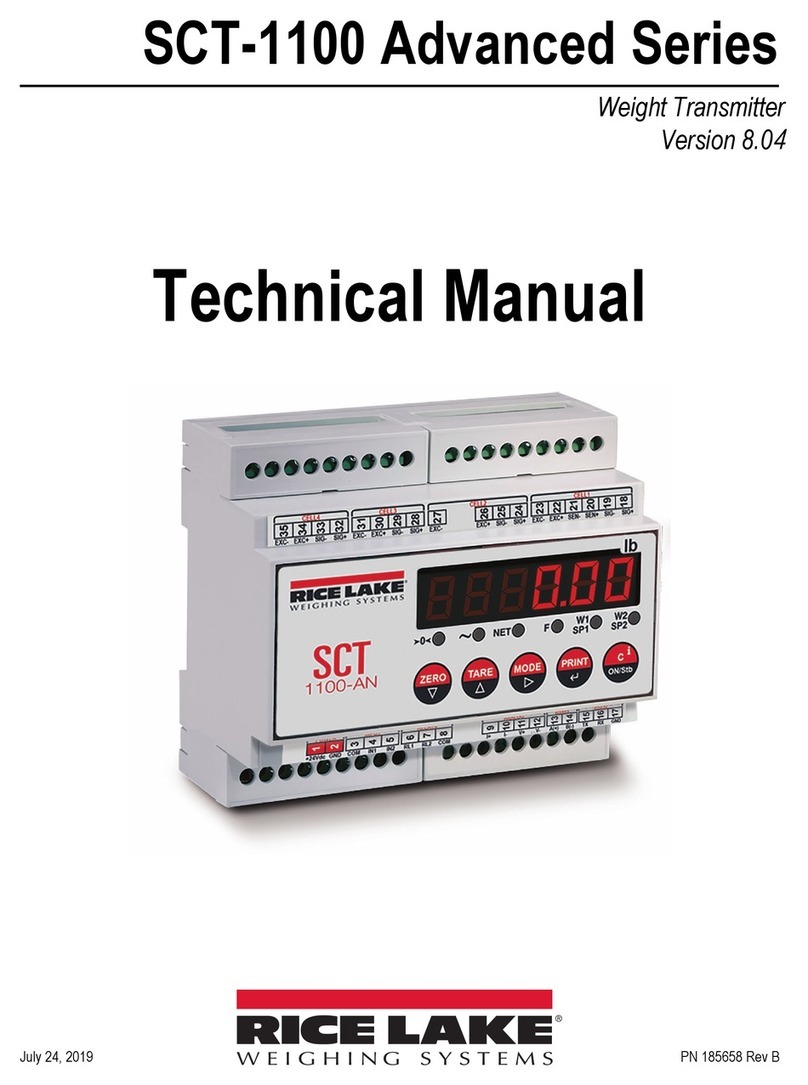
Rice Lake
Rice Lake Advanced Series User manual
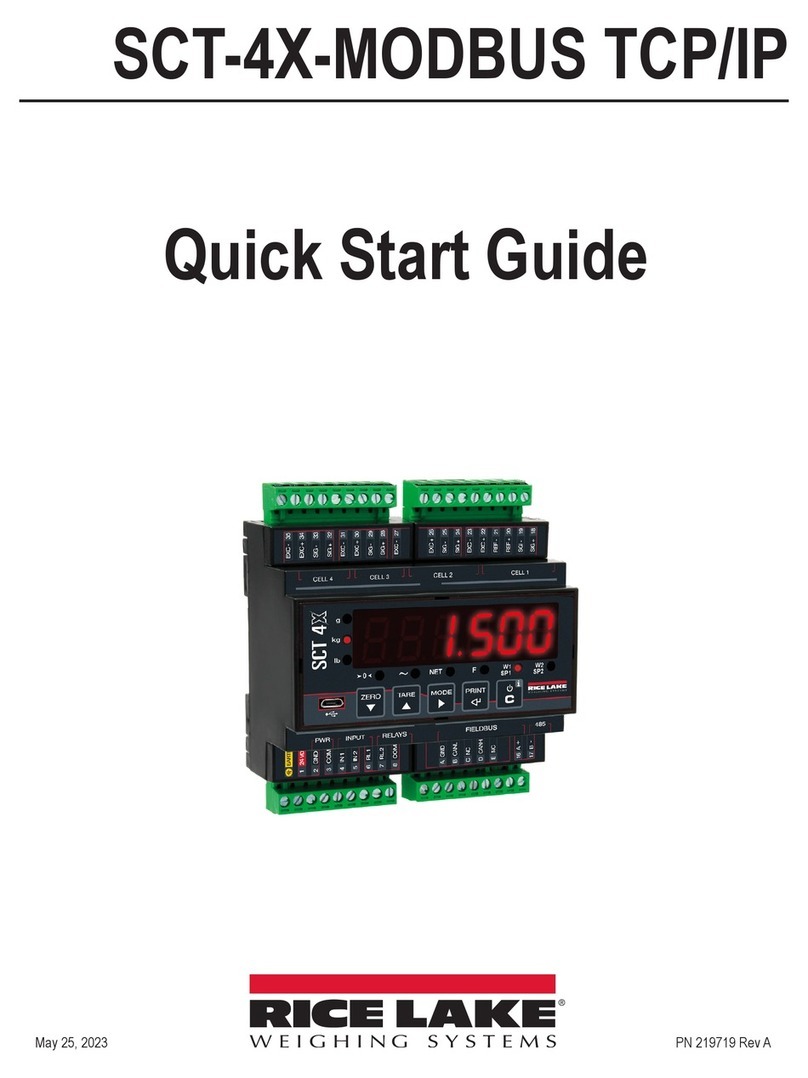
Rice Lake
Rice Lake SCT-4X-MODBUS TCP/IP User manual
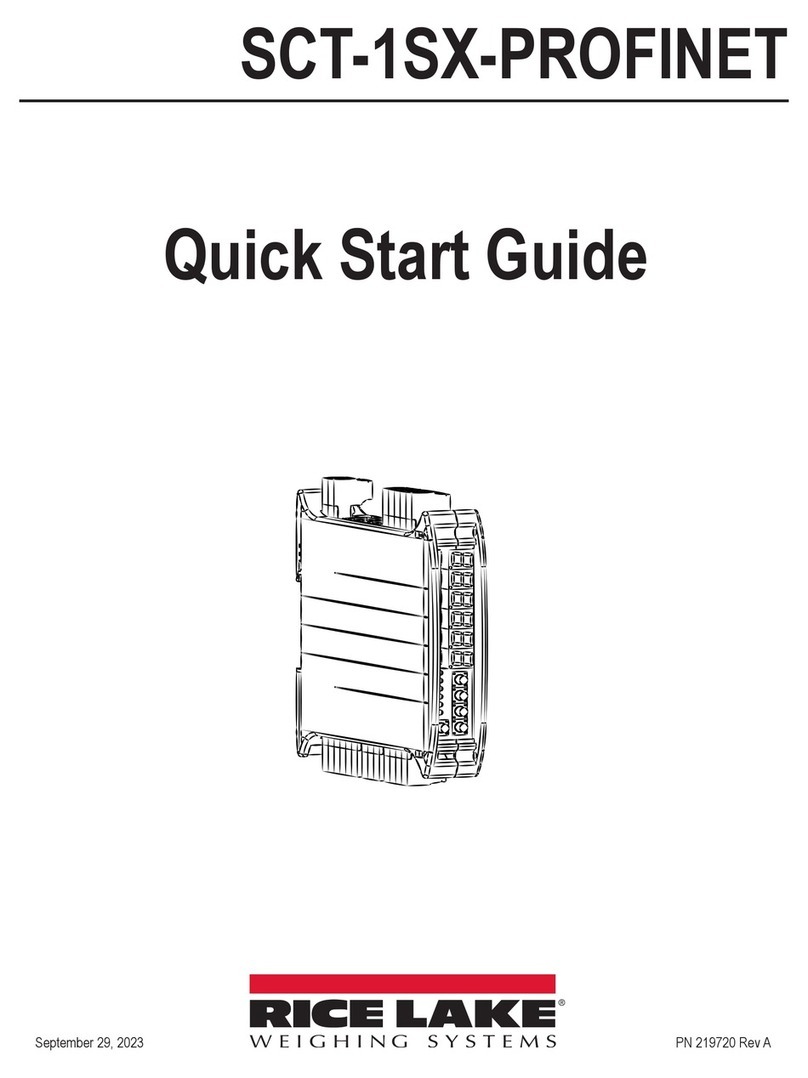
Rice Lake
Rice Lake SCT-1SX-PROFINET User manual
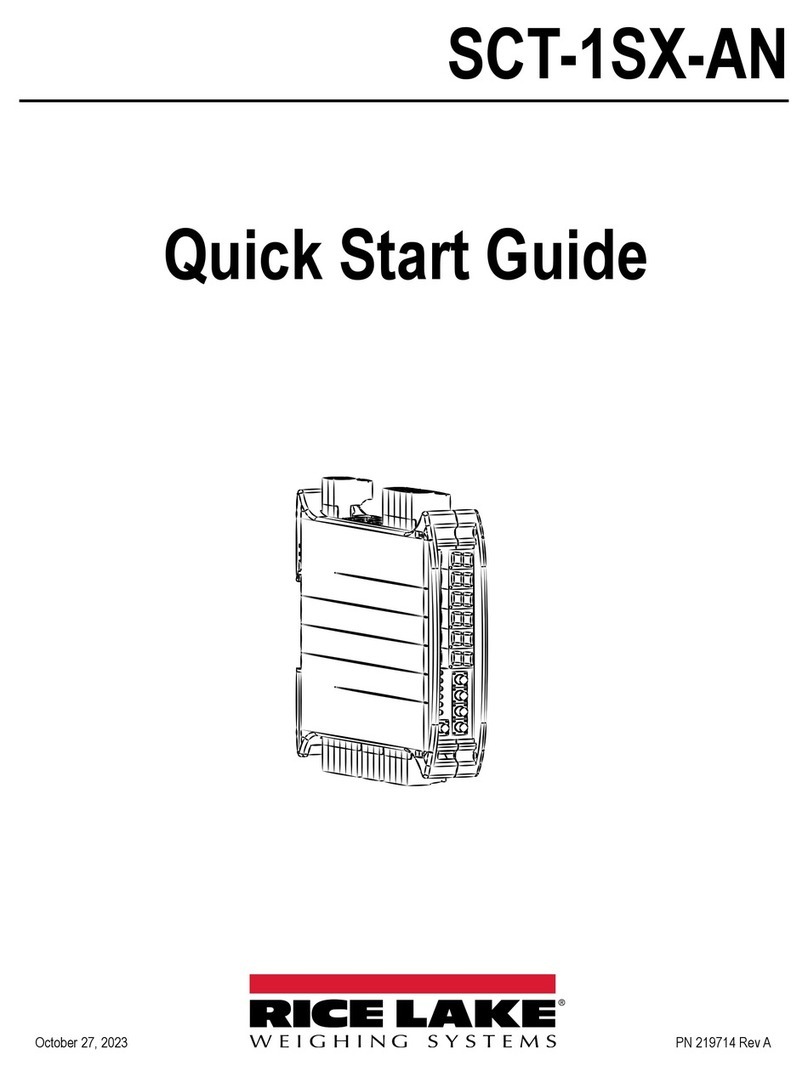
Rice Lake
Rice Lake SCT-1SX-AN User manual
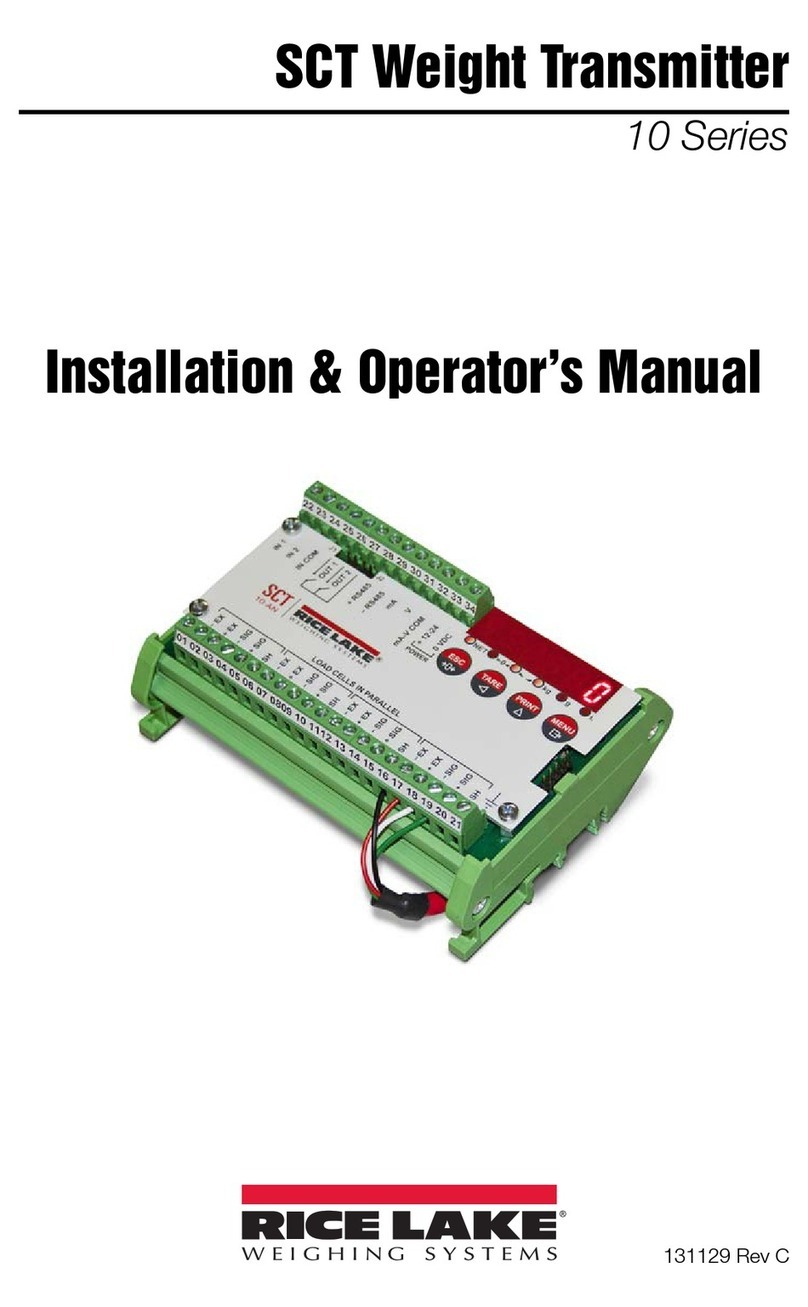
Rice Lake
Rice Lake SCT-10 Series Administrator Guide

Rice Lake
Rice Lake SCT-1SX Series User manual
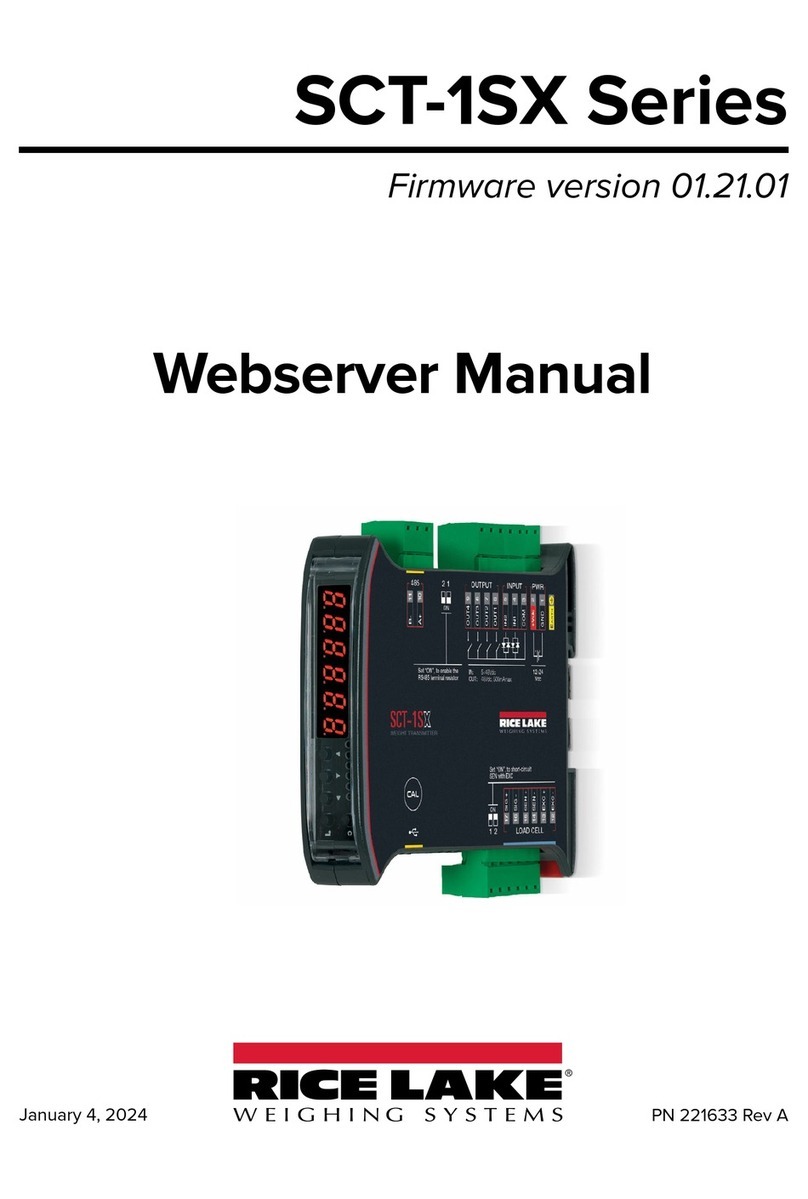
Rice Lake
Rice Lake SCT-1SX Series User manual

Rice Lake
Rice Lake SCT-2200 User manual

Rice Lake
Rice Lake SCT-4X-AN User manual
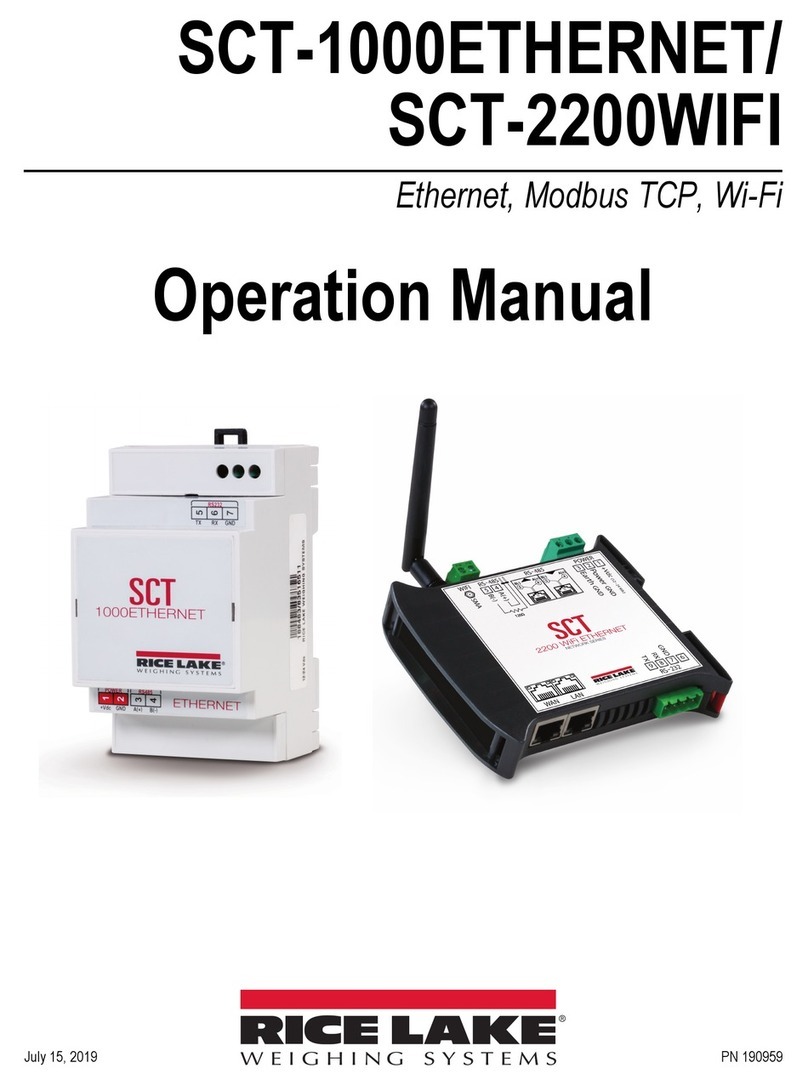
Rice Lake
Rice Lake SCT-1000ETHERNET User manual
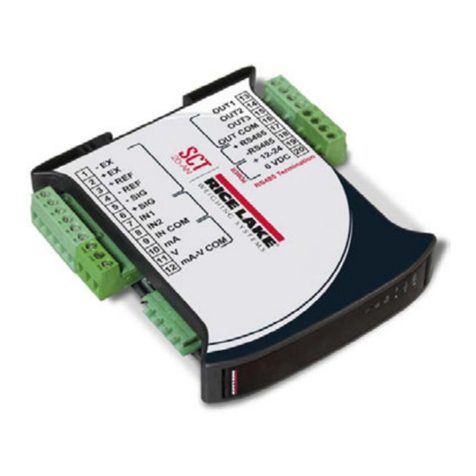
Rice Lake
Rice Lake SCT20-DN User manual
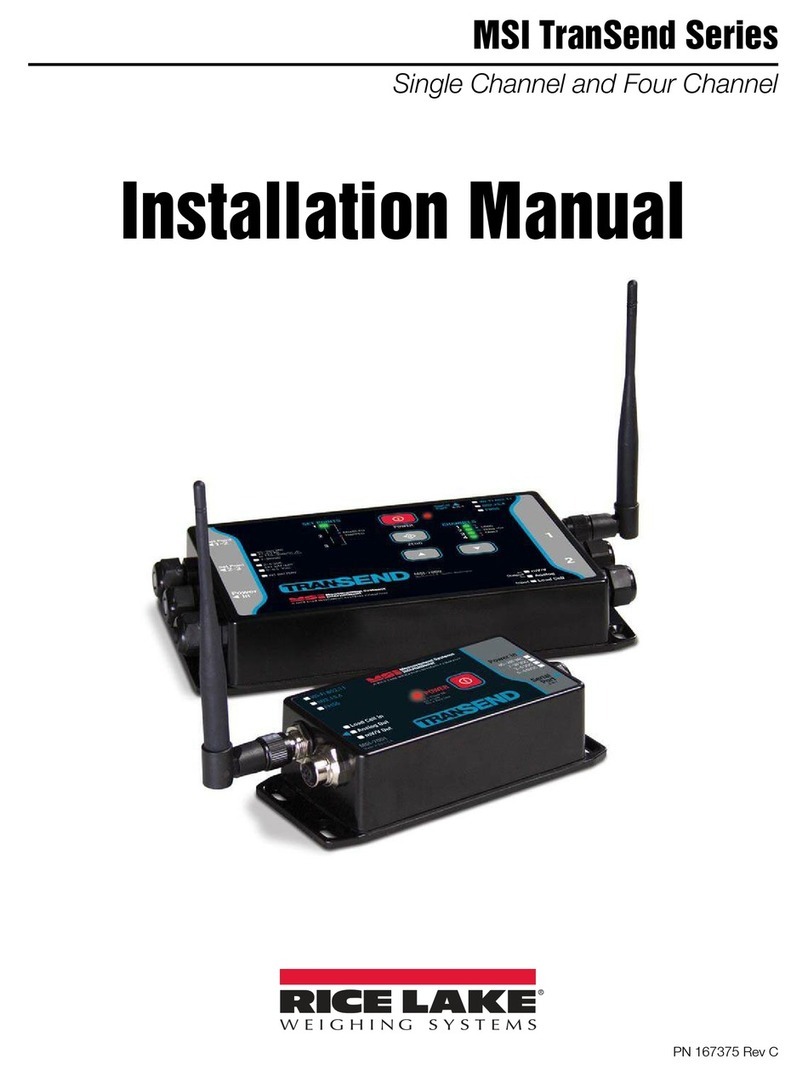
Rice Lake
Rice Lake MSI TranSend Series User manual
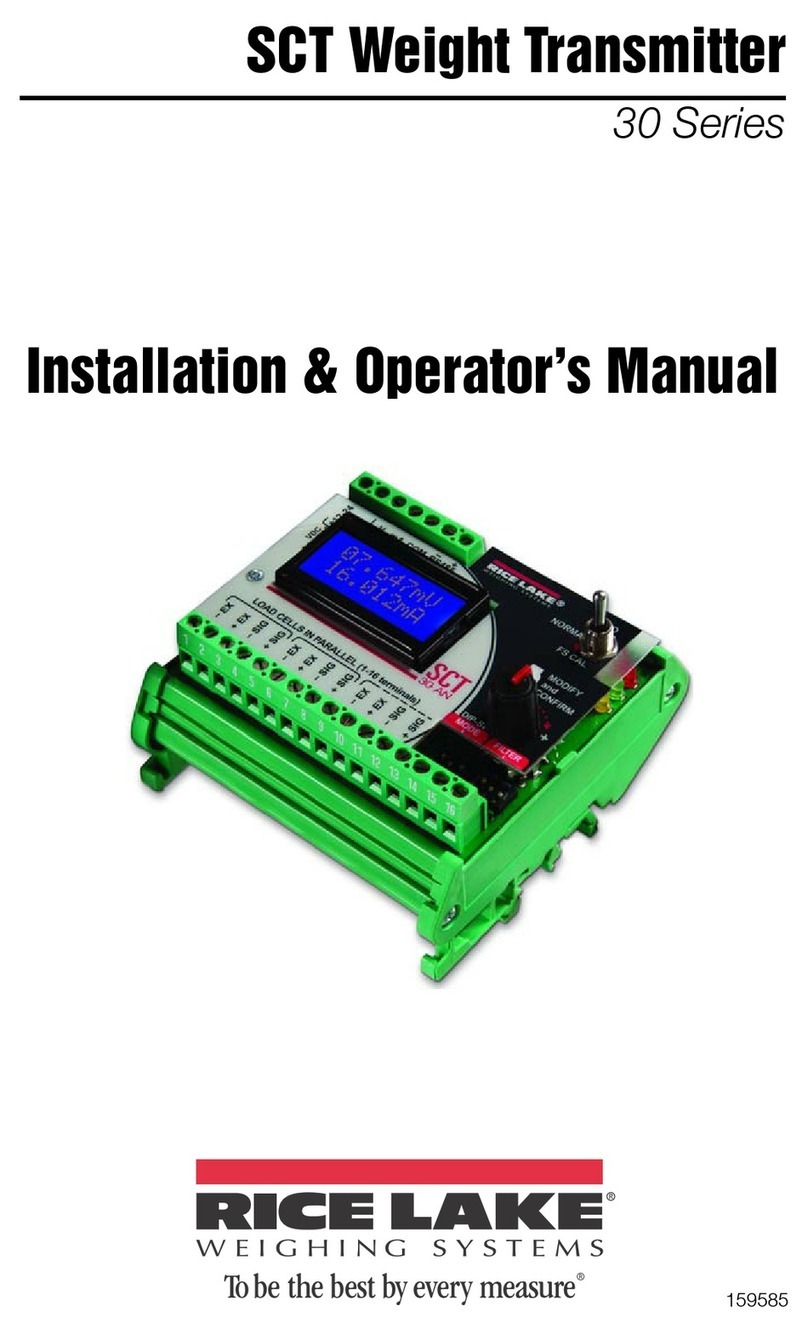
Rice Lake
Rice Lake 30 Series Administrator Guide
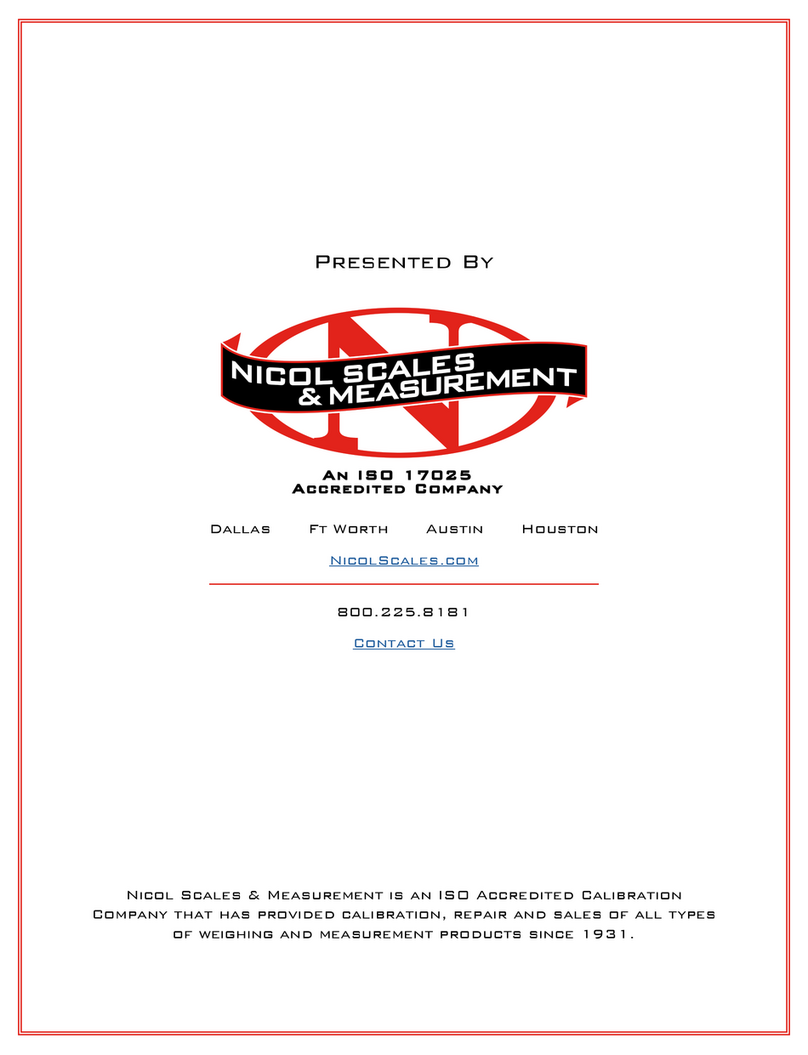
Rice Lake
Rice Lake 20 series User manual
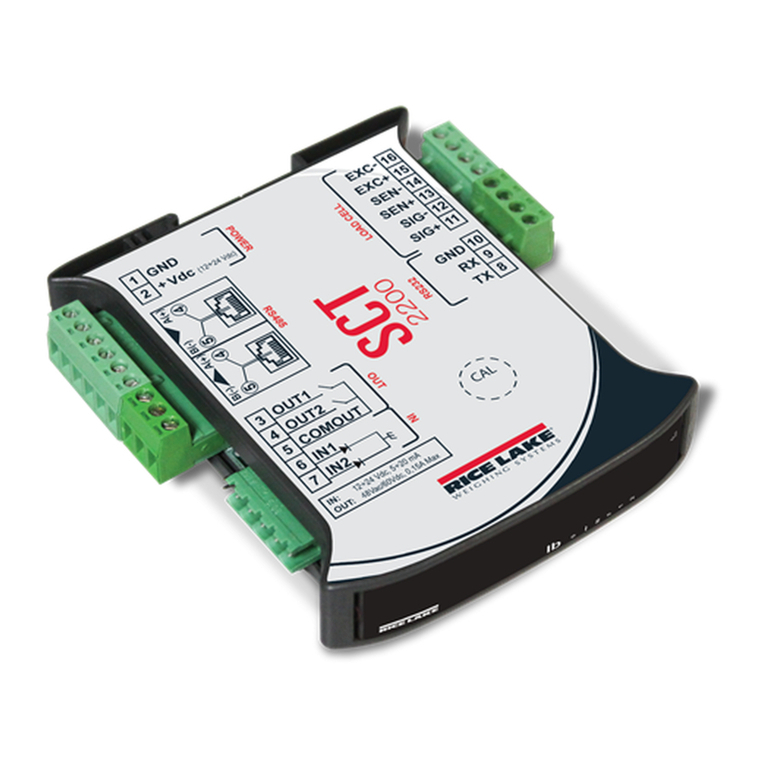
Rice Lake
Rice Lake SCT-2200 User manual
Popular Transmitter manuals by other brands

Geo
Geo Web Pack quick start guide

Inovonics
Inovonics EchoStream EN1210W installation instructions

IKONNIK
IKONNIK KA-6 quick start guide

Rohde & Schwarz
Rohde & Schwarz SR8000 Series System manual

Audio Technica
Audio Technica UniPak ATW-T93 Installation and operation

NIVELCO
NIVELCO EasyTREK SCA-300 Series Programming manual
